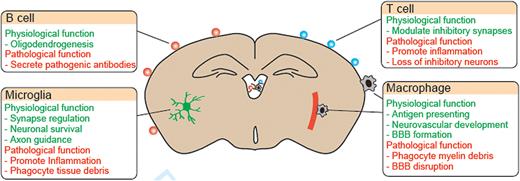Abstract
Human papillomavirus (HPV)-related multiphenotypic sinonasal carcinoma (HMSC) is a recently described distinctive clinicopathologic entity defined by association to high risk HPV, localization to sinonasal tract and close histologic resemblance to salivary gland tumors. Lack of awareness of its pathologic features and biology among pathologists and oncologists make this entity susceptible to misdiagnosis and erroneous management. Herein, we illustrate a case of HMSC of the nasal cavity associated with heretofore unreported subtype HPV-52 and discuss the challenges associated with diagnosis and management of this rare tumor. A 48-year-old woman with intermittent epistaxis for 6 months presented with a nasal mass and underwent middle turbinectomy. Histology showed a tumor with features typical of adenoid cystic carcinoma (ACC) in the form of basaloid cells and cribriform architecture. However, careful inspection revealed findings uncommon in ACC; such as surface pagetoid tumor spread, areas of solid sheets of myoepithelial cells accompanied by increased mitotic figures which prompted immunohistochemistry. Multidirectional differentiation into ductal (CK7, AE1/AE3) and myoepithelial (p63, p40, S100, calponin) lineage together with strong and diffuse immunopositivity for p16 distinguished this tumor from ACC. HPV genotyping was positive for high risk HPV subtype HPV52, which confirmed the diagnosis of HMSC. HPV-related multiphenotypic sinonasal carcinoma is an under-recognized unique clinicopathologic entity that needs awareness to avoid mistaking it for commoner salivary gland tumors. Making accurate diagnosis of this newly-described tumor is imperative in order to understand its biology and to develop optimal therapeutic strategies.
https://ift.tt/2NDfJqm




















